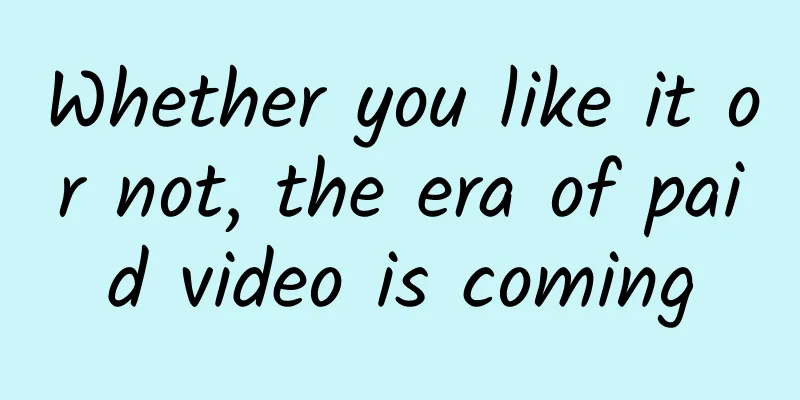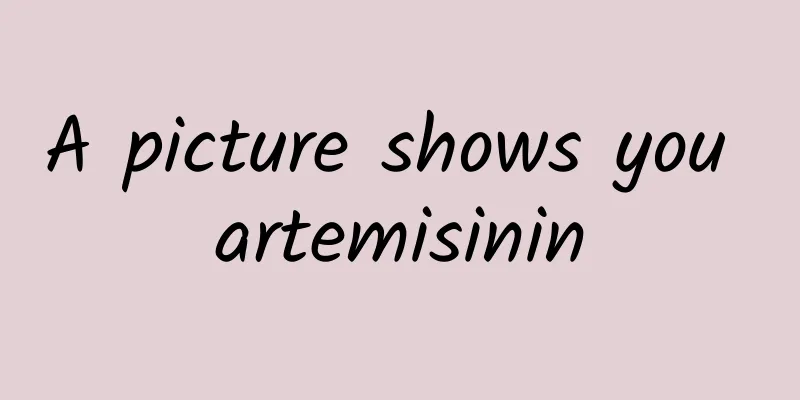Anesthesiologist: Please don’t call me anesthesiologist anymore!

|
In the arena of modern medicine, anesthesiology plays a vital but often overlooked role. Why is that? For patients who have undergone surgery, when it comes to anesthesia, they often think of filling out a few forms, then a mask or a needle, and the feeling of a part of the body (or the whole body) disappears. Perhaps because of this, patients can only understand a small part of the anesthesia process. In the eyes of patients who do not know the truth, anesthesia work is just a few simple steps, with no technical content. Therefore, unlike colleagues in other departments who are all called "Doctor XX", doctors in the Department of Anesthesiology are often called "anesthesiologists." As a member of the anesthesiology department, I feel helpless that the title of "anesthesiologist" is too simplistic, as if we are just tools to "push anesthetics". In fact, the official name of our profession is "anesthesiologist". Like colleagues in other departments, we are all doctors! Today, let's talk about this interesting and mysterious industry, and by the way, tell you why we don't like to be called "anesthesiologists". 1. I am not an employee of the “sleeping industry” First, let's clear up a misunderstanding. As mentioned above, when many people hear the word "anesthetist" talking about the anesthesia process, the image that flashes in their mind is usually a gentle doctor standing next to the patient with a smile, murmuring: "Come on, sleep!" Then, the patient falls asleep, as if entering a beautiful world. They often think, "Isn't it just using anesthesia to make people sleep?" But in fact, the work of anesthesia is far from being as easy and pleasant as everyone imagines! We are not just the role of making people "sleep", but the guardian between the patient's life and death during the entire operation. Before the operation, the anesthesiologist must first conduct a comprehensive assessment of the patient, including medical history, physical examination, other examinations, etc., and select an anesthesia method suitable for the patient's condition and design an anesthesia plan based on the type and duration of the operation. This is by no means a "one-shot deal". The successful implementation of anesthesia is just the beginning. During the operation, we also need to pay attention to each patient's physiological reactions, psychological state, and even every subtle change during the operation. Real-time monitoring of the patient's blood pressure, heart rate, respiration, oxygen saturation and other key vital signs and psychological state and other subtle changes, adjust the dose of anesthetic drugs at any time, and ensure that the patient is stable throughout the operation. . During the anesthesia process, the anesthesiologist is not a "white angel" worker, but like a conductor, accurately controlling this symphony of life. 2. Anesthesiology is both a science and an art Anesthesiology is not as simple as injecting anesthetic drugs into patients step by step. It is a perfect combination of science and art. Just like a chef, he must master the proportion of ingredients and the heat to cook delicious dishes. The anesthesiologist is looking for the perfect "recipe" in the patient's body and consciousness to ensure that the patient spends that time safely and comfortably during the operation. Since every patient is unique, the patient's age, weight, health status, mood and other factors will affect the effect of anesthesia, and these factors often vary from person to person and depend on the situation at the scene. Therefore, anesthesiologists need to have solid medical knowledge, as well as keen observation and judgment, in order to adapt to the actual situation. This is by no means what you imagine that you can just find someone to "easily press a button" to get it done, it also requires extremely high IQ and EQ! . In addition, we must be ready to cooperate in responding to various emergencies at any time to ensure the safety of patients. After the operation, we are also responsible for waking the patient up smoothly and helping the patient relieve postoperative pain. In addition to solid knowledge and skills, like colleagues in other departments, we also have to fully communicate with patients and ease their emotions. 3. Face various challenges bravely As anesthesiologists, our working environment is full of challenges. From emergency surgery to complex large-scale surgery, different challenges await us every day. We must carefully deal with emergencies and unexpected cases at every stage. Behind this seemingly peaceful road are countless days and nights of hard work. Sometimes, some patients will have some small emotions before anesthesia, and even be full of doubts about us. We need to relieve the patients' tension in a relaxed and humorous way, and let them know that the anesthesiologist is the most solid support. For example, a patient was worried before anesthesia: "Doctor, will I wake up during the operation?" I can only pretend to be relaxed and answer: "Don't worry, you will definitely wake up in the most beautiful dream when you want to." Therefore, in the process of anesthesia, the anesthesiologist is not an insignificant supporting role, but like a conductor, he precisely controls the symphony of life. Anesthesiology is constantly evolving However, anesthesiology was not so comprehensive at the beginning. It has gone through a long process of development. Before the invention of anesthesia, even amputation surgery did not require anesthesia. The surgeons of the time relied on quick hands, steady hands and a good mentality to reduce the pain of the patients (who knows how much). The main role of the assistants around was not to pass instruments to assist the surgeon, but to hold down the struggling patients... 4. The evolution of anesthesiology On March 30, 1842, Crawford Long, an anesthesiologist in Georgia, USA, successfully performed the first ether anesthesia on a patient who was having a neck tumor removed. In 1993, the United States also designated "March 30" as National Doctor's Day. The invention of anesthesia marked the transition of modern medicine from barbarism to civilization. However, the early ether anesthesia was not safe enough. Today, the terrible gas anesthesia has become history, replaced by safer and more effective methods of drug anesthesia. We now use a wide variety of drugs, both injection and inhalation, from simple general anesthesia to local anesthesia and analgesia, all of which can be tailored to the needs of the patient. Yes, we hope that every patient's surgery can be performed more safely in comfort, with less pain, rather than a suffocating experience. In addition, this field of anesthesiology also involves pain management, sedation, intensive care and other aspects. This enriches the "arsenal" of anesthesiologists. We can not only "give anesthesia", but also help patients solve postoperative pain, anxiety and other problems. Therefore, the functions of anesthesiologists are actually expanding. Document No. 12 of the Ministry of Health in 1989 listed anesthesia as a secondary discipline in clinical medicine. It is a secondary discipline that is as important as internal medicine, surgery, gynecology, and pediatrics. 5. We have love, but also helplessness Although we move around in the operating room and are responsible for many complex tasks, in the eyes of patients, we are sometimes "transparent". The protagonist of the operation is often the surgeon, and the anesthesiologist is often overlooked. People often ask, "Are you the doctor responsible for giving anesthesia?" I always smile slightly, but silently say in my heart: "Of course it's more than that!" There are always moments when everyone only remembers that our work is a tool to make them "sleep", but never imagines how much solid medical knowledge and practical experience we need to go through. Whenever this happens, it is inevitable to feel a little helpless, however, it is this helplessness that makes our professional spirit. 6. The future of anesthesiology That said, the future of anesthesiology is bright. Now, with the advancement of science and technology, emerging technologies such as artificial intelligence and big data are gradually penetrating into anesthesia care. For example, decision support systems based on big data can help us tailor anesthesia plans for patients more accurately, and even monitor patients' physiological changes in real time during surgery. Although the world is changing, what changes are always medical technology and knowledge, but we are still on a journey of exploring life and deepening humanity. Whether we are anesthesiologists, anesthesiologists, or anesthesiologists, we will be an indispensable part of this journey. Conclusion So, dear friends, after reading this little popular science article, you will find that anesthesia is by no means a simple matter. We, like other colleagues, have undergone professional training and learning, and we are all doctors, so please stop calling us "anesthesiologists". We are anesthesiologists, guardians of life, combiners of science and art, and practitioners who have experienced thrilling experiences on the operating table countless times. We are your most reliable partners before anesthesia, and your happiest smile after surgery. I hope that in the days ahead, you can share the joy of anesthesia with us and celebrate every moment of success and safety. True care is not only about letting you "sleep", but also about helping you go through every moment of surgery safely and easily. Thank you for your understanding, let us work together to create a better future! Author: Wang Jun, Shanghai Oriental Hospital, Liu Sheng, Shanghai Jiahui International Hospital Reviewer: Tang Qin, Director of the Science Popularization Department of the Chinese Medical Association, National Health Science Popularization Expert The pictures are from the copyright library. If you use them without permission, there may be copyright risks. The article is produced by Science Popularization China-Creation Cultivation Program. Please indicate the source when reprinting. |
<<: The cargo spacecraft does not carry people, is it a manned spacecraft?
>>: Beautiful and lonely, it is the "Yelanyi" of nature
Recommend
Large traditional automakers change their attitude: no longer mocking Tesla
Not long ago, large German automakers such as BMW...
Over-emphasizing traffic in social marketing is a taboo
Today, I am helping a leading betel nut brand wit...
A brief analysis of Hololens' "holographic" application scenarios
From a technical point of view, Microsoft's H...
China Automobile Dealers Association: In-depth analysis report on the national new energy market in May 2024
1. Total Market 2. Market Segmentation by Technol...
Just tonight, look up!
The first "dog eating the moon" this ye...
The ultimate energy that humans pursue is hidden in this terrifying weapon
Recently, with the major scientific and technolog...
Changsha tasting tea takeaway tea Yuelu District high-end tea WeChat sharing the most reliable friends tasting tea with its own studio audition
Changsha tea tasting, take-out tea drinking, Yuel...
Common properties and methods of UIScrollView class
[java] view plaincopy CGRect bounds = [ [ UIScree...
18 most classic user growth operation cases on the Internet
Part 1: Growth Hacking and Related Concepts 1. Gr...
New Toutiao traffic strategy
Recently I found that some friends wanted to attr...
New media operations: What kind of valuable content do users prefer to read and forward?
This is the best of times, it is the worst of tim...
Dismantling the "Hot Pot Restaurant" Gamification Private Domain Community Case
The Internet circle is familiar with the concept ...
How to buy special government bonds during the epidemic? What are the ways to purchase the 2020 special anti-epidemic government bonds?
On June 15, the Ministry of Finance issued an ann...
China to establish a recall system for motor vehicle environmental defects
In order to effectively manage air pollution and ...
In 2021, the total shipments of mobile phones in the domestic market reached 351 million units, of which 5G mobile phones accounted for about 76%.
According to data released by the China Academy o...









